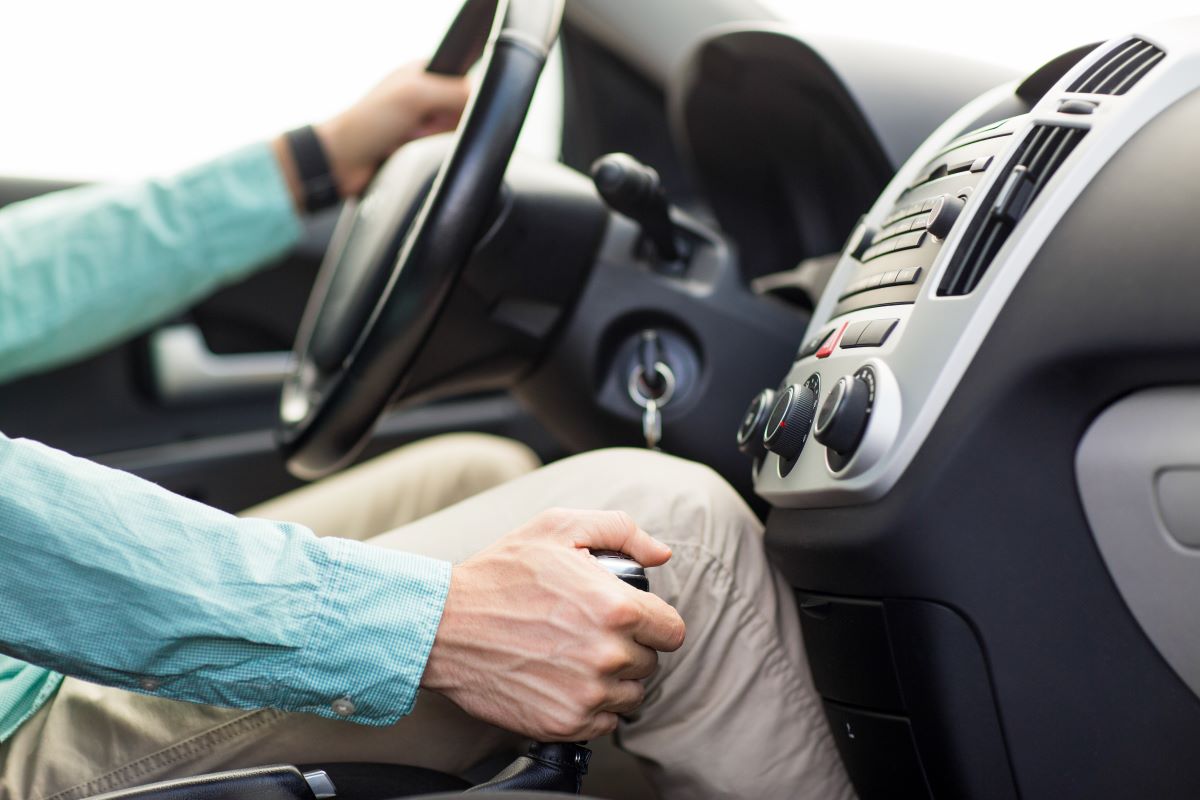All of us want our children to succeed in life. Whether it’s in playing sports, getting a good stable job, or getting married in the future, showing a genuine interest in helping them achieve their goals can motivate them to look for success. Of course, a part of that is guiding them through different learning experiences.
At some point in a teenager’s life, they need to learn how to drive a car. Learning how to drive a car is usually the path to adulthood. Before your son or daughter becomes a legal adult, giving them the edge they need through these learning experiences can make them more familiar with specific everyday tasks. This is also a great way of preparing them for a more professional world when they are finally done with school. Of course, a part of teaching them driving is ensuring that they are mature enough.
Fortunately, you can supervise your son or daughter when it comes to teaching them how to drive before they start getting a license. Making them more familiar with the mechanics behind the steering wheel can give them the much-needed familiarity when they are already taking driving school lessons and eventually getting their license.
Is It Legal to Teach Teens to Drive?
The short answer to this question is: yes, it is legal to teach your son or daughter how to drive but within certain legal parameters. For instance, they should always be accompanied and supervised by a licensed driver or adult that is over the age of 25. The only time that a teenager that is within driving age can start processing their driver’s license is when they have already accumulated 40 – 50 hours of driving time together with an accompanying adult with a license.
These types of laws have ensured that fatalities from driving are cut to almost half, usually because fewer teens are driving at a younger age. It’s found out that most teens who have licenses tend to have fewer possibilities of getting into accidents when they have familiarity in driving even before they have their license.
But even though the accident rates among teenagers that have been learning how to drive have fallen dramatically, most teenagers still have more to learn when driving. In some cases, more than half of teenagers that were subjected to tests were still hitting curbs, passing through stop signs, or even getting into incoming traffic, as shown by the Center of Injury Research and Prevention.
But as more learnings have been conducted in the next few months, the probability of these individuals getting into accidents have been severely decreased.
So it’s only safe to say that supervising teenagers driving can help mitigate the chances of getting into accidents. Although there might still be some bumps, dents, and scratches on the training vehicle, these damages are sometimes deemed as negligible since they are expected from first-time drivers.
It’s important to note that if you are not a trained professional, it’s best to only teach your son or daughter the basics of driving and leave the more advanced lessons to professionals that have been doing it for years. This can help ensure that the right information is being engrained in the minds of teenagers.
Check Your Car
Before anything else, it’s important to check that your vehicle is within working conditions and standards. Finely tuning your car will ensure that no problems will happen when you are teaching your son or daughter how to drive. One of the most important aspects of the car that needs to be tuned is the dyno performance; new drivers will need to be mindful of how fast they’re going, and being mindful of your surroundings is part of the learning process.
The wheels of the car should have the necessary air pressure. Typically, tires will need around 32 – 35 pounds for each square inch. For most larger vehicles such as trucks, larger tires will need about 50 – 60 PSIs. Most heavier vehicles will need more pressure on their wheels. Although, for the typical training car, you’ll just need the standard required PSI.
Safety First
Teenagers must be taught at a very young age that practicing safety precautions when driving is something that should be exercised at all times. Stopping in a pedestrian crossing, driving on the right side of the road, and using signal lights are just some of the necessary practices. In terms of driving styles, defensive driving is known for promoting safety.
When teaching your kid how to drive, you must guide them through all the necessary processes. When training them for the first time, don’t get flustered when they do start making mistakes: it’s part of the process. Though it’s expected that a few scratches might happen here and there, it’s better than having to get a call from the hospital that they got into an accident from reckless driving.



